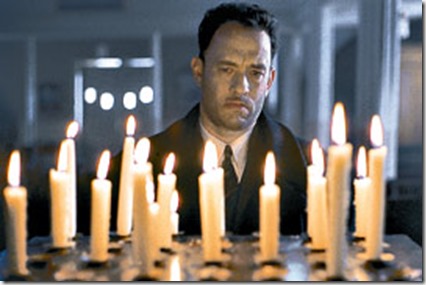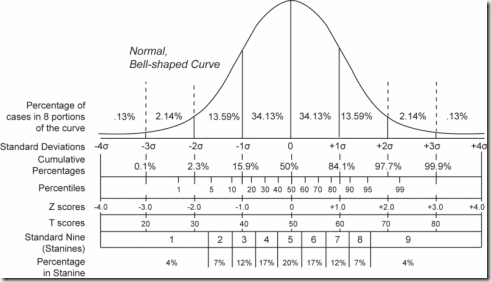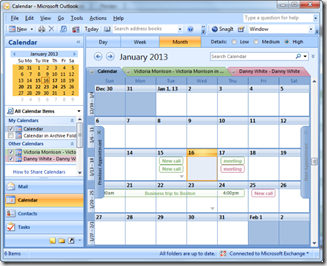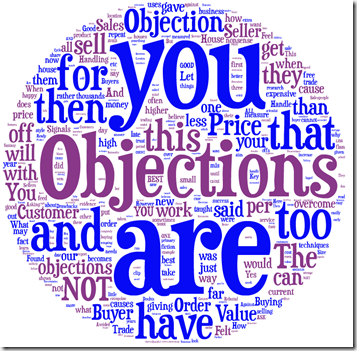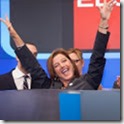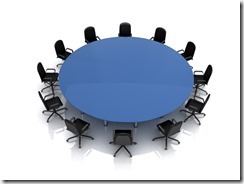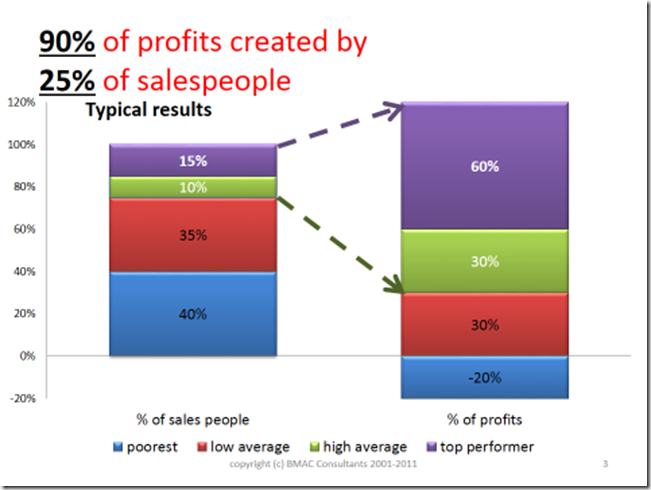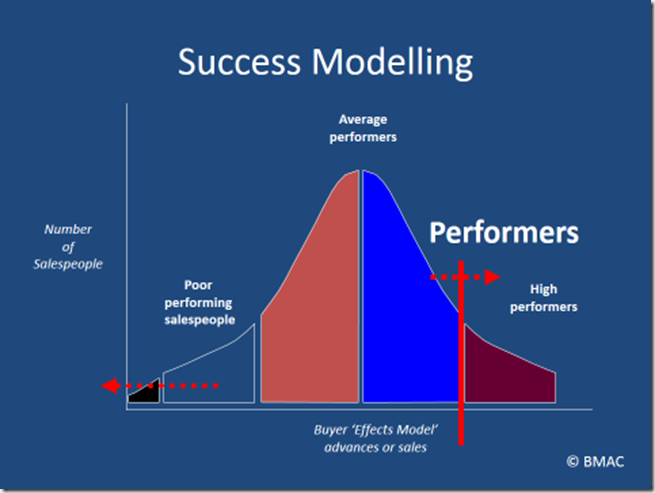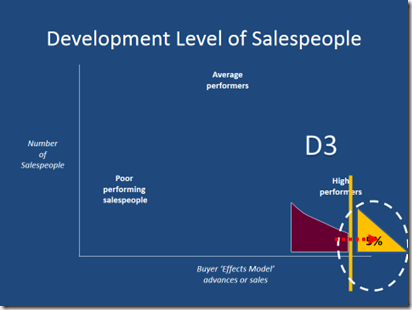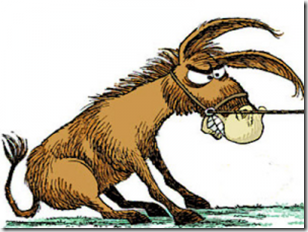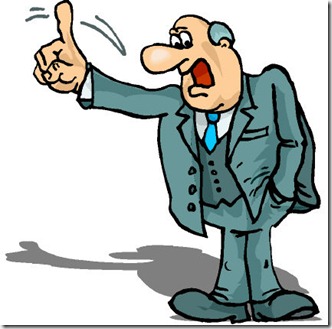Sara Catz President and CFO of Oracle reports:
http://www.morningstar.com/earnings/earnings-call-transcript.aspx?t=ORCL&pindex=2
“Now, to the guidance, and I want to remind you that last Q2 new license and cloud revenue increased 18% in constant currency. So this will be a very, very tough comparison. Though our pipelines and potential transactions for the quarter look really very exciting, our sales leaders remain very careful about what they are forecasting to us.”
The phrase that catches my eye is
“our sales leaders remain very careful about what they are forecasting to us.”
“Sales leaders, very careful, forecasting”
The word ‘semantics’, has become associated with ‘imagined’ differences, we hear the expression
“It’s just semantics”.
However, if I apply double-indexing semantics to Sara Catz’s words,
a depth of meaning appears which should be of interest to ALL Salespeople,
but specifically to the Sales Managers and Salespeople in Oracle.
-
“Sales Leaders”,
Catz is putting the responsibility, and accountability, for Sales Forecasting squarely on the shoulders of Sales Leaders.
-
“Very Careful”,
last year, Catz attributed a ‘missed forecast’ to Sales, further she attributed it to the recruitment, on-boarding and under-performance of many thousands of new Sales people, who did not perform as “Forecast”. Hence, she is NOT looking for Forecasting to “remain” [optimistic], but is in fact signalling that “careful” means “conservative” forecasts.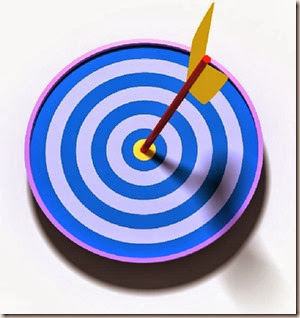
-
“Forecasting”,
in the context used is also “targeting” as it is
performance compared with last Quarter (Q2),
and has inherent risk, as expressed by Catz, in her use of “Constant Currency”,
when her Global Market is has a Volatile Currency uncertainty.
Catz is addressing the Investment and Analyst Community,
her audience expects to hear certain messages,
Risk Management, Growth, Returns,
so she inserts “safety” through “Very Careful”.
The stock performance was good after her report,
so her message, to her audience, was on song.
I am curious about the EXECUTION of her message INSIDE Oracle.
“Sales leaders, very careful, forecasting”
We have over the last 40 years, repeatedly looked at Sales Forecasting.
WHO owns the forecast?
HOW should it be done?
WHAT is the forecast used for?
The consensus from meta-analysis is that Forecasting should be owned at the level closest to the forecast event.
And, I am sure that Forecasting ‘starts’ at the Oracle Sales Executive level.
Should Sales Executives forecast “Very Carefully”?
In Sales, a very careful Forecaster is known as a “Sandbagger”.
They only forecast Rain, when it has already started raining!
The opposite of a “very careful” forecaster is a very ‘careless’ forecaster, in Sales we call them “Dreamers”.
Every Lead is already a Sale!
Sometimes they are cynically optimistic, they present “Huge” pipelines, stuffed with opportunities which never happen.
The belief that a ‘Big’ pipeline protects poor performance, this is ‘reckless’ behaviour!
“Careful”, cautious, suspicious, precise, judicious, cautious or shrewd;
these are just some of the ‘semantic’ differences using the word “Careful”.
But when you add “Very” then the meanings can bounce from:
‘Actual’ if she used it as an adjective, to ‘Extremely’ if her use was an adverb!
Let’s take the desired case scenario: Catz’s words urge the Oracle Sales force from
Top [Leaders] to Bottom [Sales Executives] to forecast accurately, to be precise, not dreaming nor sandbagging.Let’s imagine that by so doing, Oracle delivers a good set of results, much as the Forecast. Success.
Or, was it?
Let’s take a poor case scenario:
Catz’s words urge the Sales Leadership to be “conservative”,
they believe that it is better to be accurate than bold.
Meeting Forecast, becomes more important than exceeding Target!
Care to ensure that what you forecast actually happens, then your forecast becomes the “reality”.
The illusion of “See, I told you so” has never been Sales Success,
“better than expected”, “Upside”, “BOLD”, have always been hallmarks in Sales, Corporate and Sporting success.
I have discussed Sales Leadership as a function of their “Maturity”, through the lens of Forecasting and Targeting
http://brianmaciver.blogspot.com.es/2011/01/stretch-sales-targets.html
ORACLE’s results, and its stock performance, are dependent on Good Forecasting,
but they are equally dependent on PERFORMANCE in the Market and likely future performance.
It’s about Expectation AND perceived Performance.
It’s about how well you did against how well you ‘might’ have done!
Managing Expectations is OK, but Managing Maximum Performance is more important!
I believe that Catz and her Sales leadership will have to communicate a clear message to their Sales force about what “our sales leaders remain very careful about what they are forecasting to us” really MEANS.
The Sales Leadership will need to turn this into HOW we want Sales Executives to behave,
as neither dreamers nor Sandbaggers, but bold and right!
Big Data, Big Numbers are made up from individuals and their actions,
getting your Sales force to do what is productive, not just careful, is in these days of BIG, quite a challenge!
Let’s just review how tough any forecasting is,
never mind ‘very careful’ forecasting!
http://brianmaciver.blogspot.com.es/2010/10/sales-forecasts-are-just-estimates.html
.


